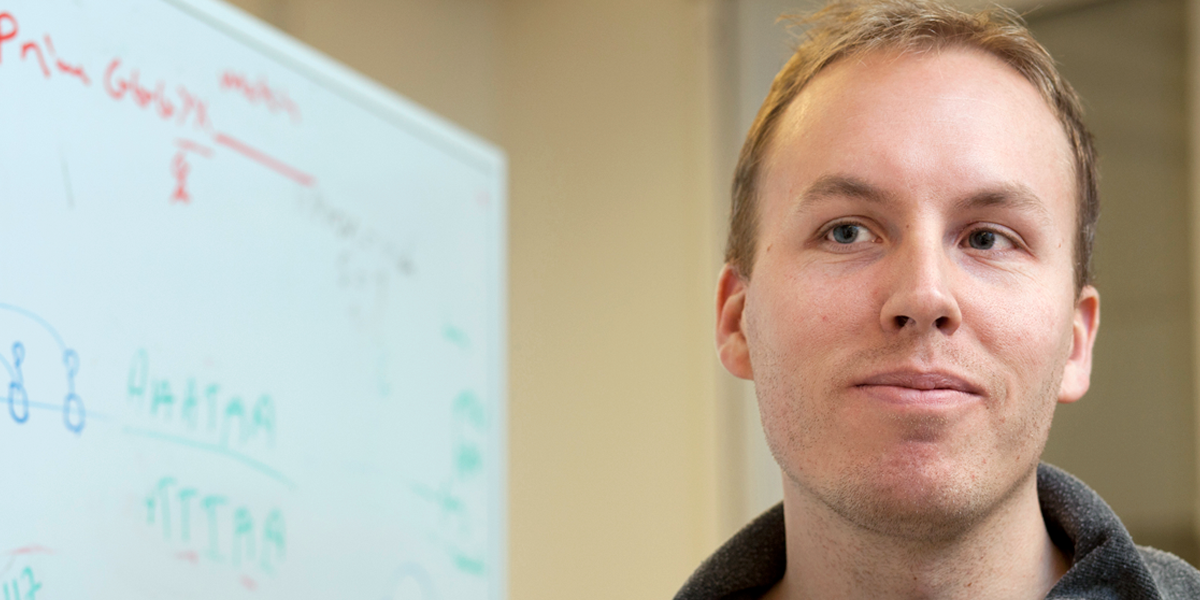Sequencing and the single cell
New technology provides sensitive and detailed investigation of a single cell.
Ludwig scientist Rickard Sandberg leads a team that is developing Smart-Seq, a method to assess genes at the level of a single cell. The method, which Sandberg published last year, could address many difficult questions in tumor biology, such as the fate of individual cells that break off a tumor and enter the circulation, and how cells within a tumor differ from each other. “This technique provides a sensitive and detailed investigation of a single cell,” says Sandberg.
Molecular biologists generally combine thousands or millions of cells in a test tube to obtain enough cellular material to perform experiments. But tumors do not consist of uniform cells. On the contrary, cellular diversity is thought to contribute to cancer development. For instance, cancer cells with different types of mutations or different sets of active genes can cooperate with each other or with supporting cells to foster tumor growth. Moreover, sometimes a rare cell within a tumor withstands cancer drugs and seeds the regrowth of a tumor after therapy. But such important processes are hard to study because it is difficult to assess the molecular state of individual cells.
To overcome this barrier, researchers have for years been attempting to shrink their techniques, tweaking molecular biology protocols and designing specialized equipment to handle single cells. Last year, Sandberg and his colleagues, including researchers at the genomics company Illumina, hit on a winning combination in Smart-Seq. The technique can scan a single cell for DNA mutations, including mutations that might contribute to cancer, and determine which genes are turned on or off in a cell — all more effectively than previous methods. The team’s findings were published in Nature Biotechnology.
In the study, the researchers examined single melanoma cells plucked from the bloodstream of a melanoma patient. They identified genetic mutations associated with cancer in these rare cells and assessed genes that are aberrantly regulated.
“This is a pilot study,” says Sandberg, “but it provides a very concrete example of how the technique could be important for clinically relevant cells.” In the future he hopes to apply the technique to questions such as how cancer cells change as they break off from a primary tumor and enter the circulation, what kinds of molecular changes enable them to survive, and how some of them lodge at distant sites to seed a new tumor.
Sandberg is still refining the technique to make it faster, less expensive and ready for routine use. Ludwig supports Sandberg with the same longterm view it has taken on Bing Ren’s research, and Sandberg is confident he will soon succeed.
